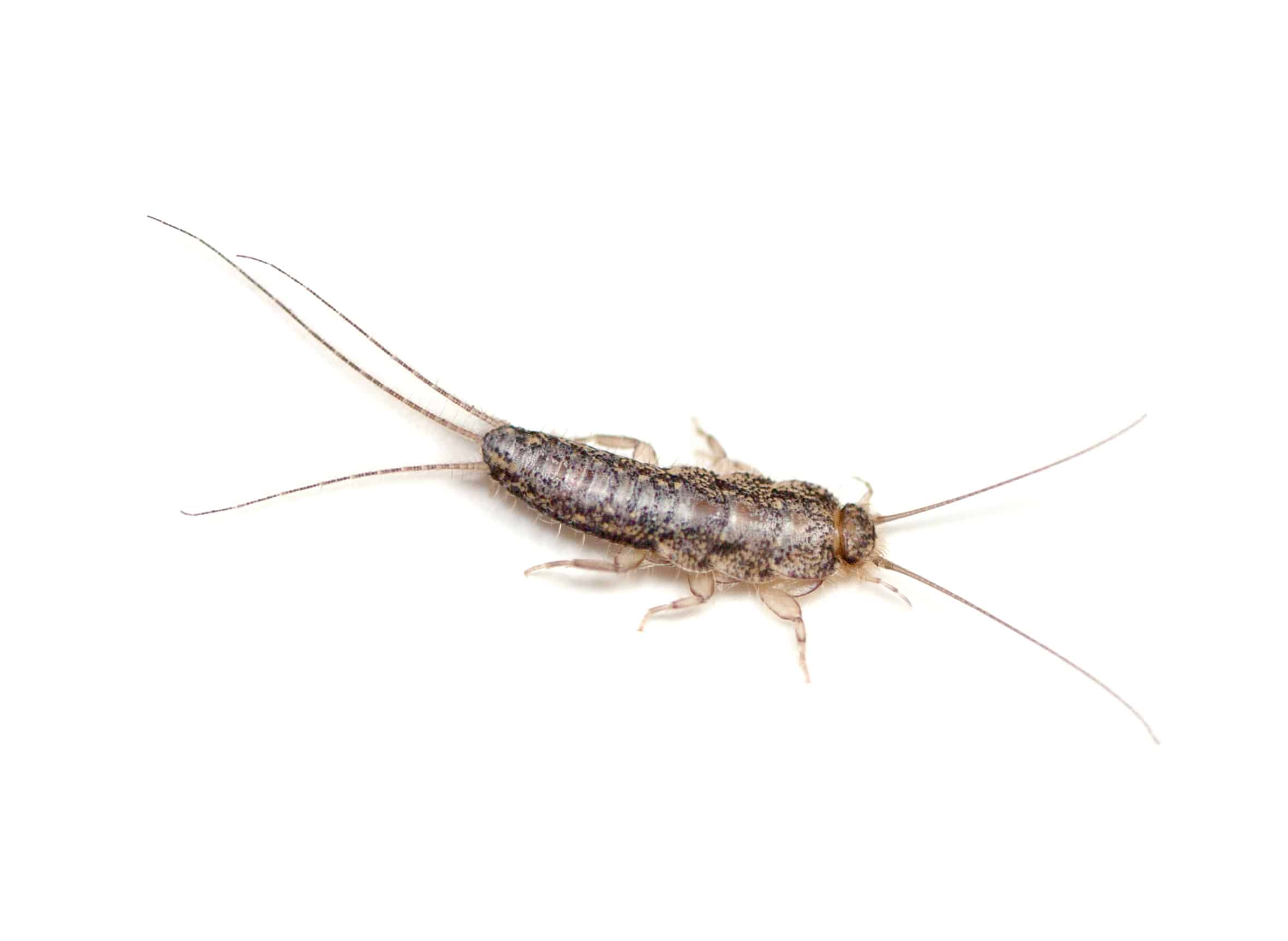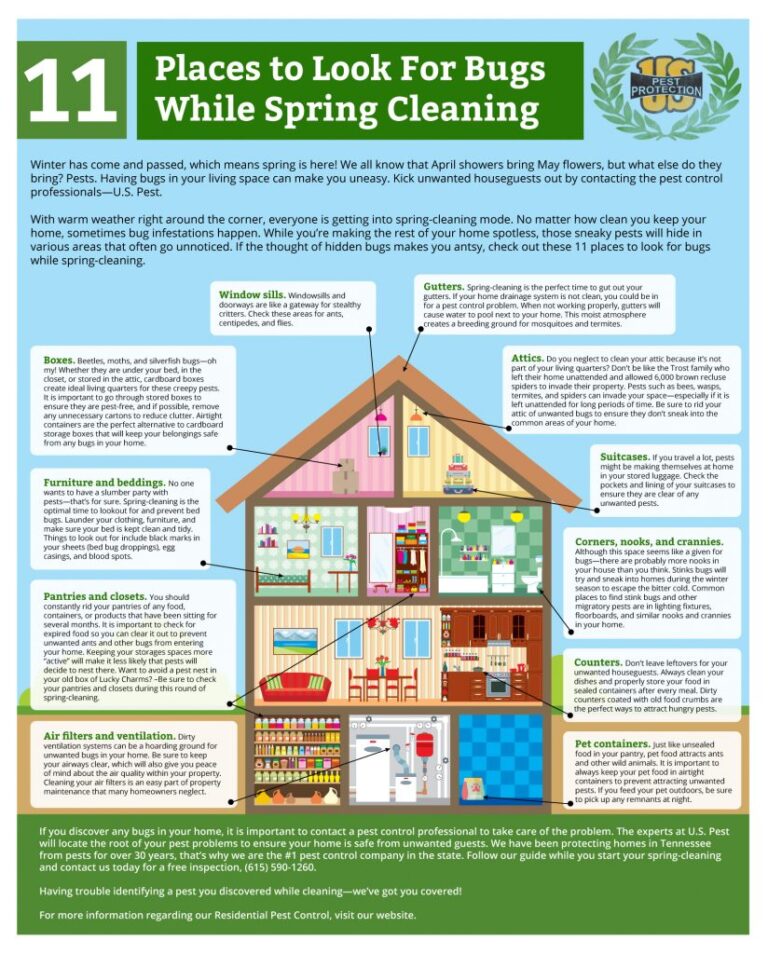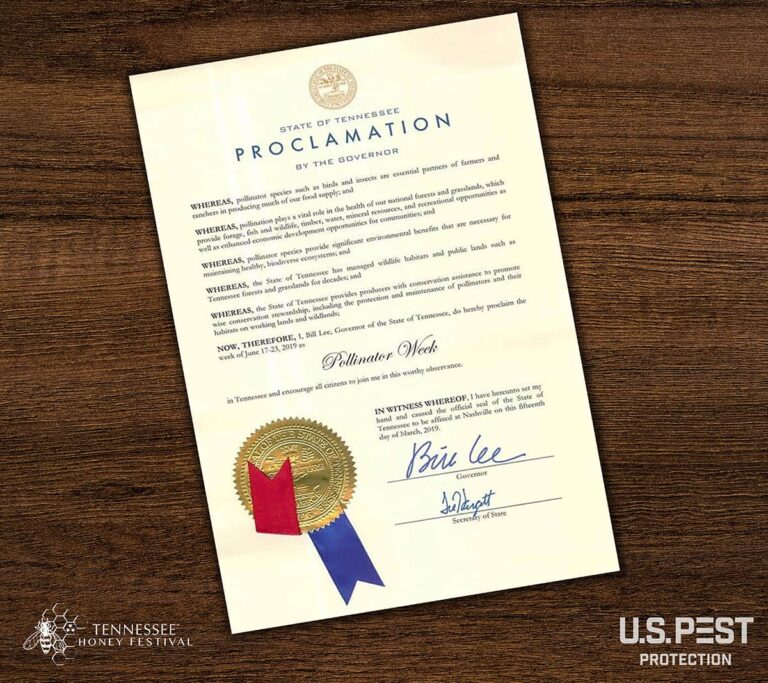Silverfish In Tennessee
Silverfish in Tennessee are very common. They are most commonly found inside residential homes. These insects have to be treated by pesticides and have targeted treatment in order to demolish the creature’s existence.
When you have a home and family, you do not want to worry about pests invading your home. Silverfish are in a family of pests that can cause cosmetic damage to your home. With the help of a skilled pest control company such as U.S. Pest, you can make sure silverfish are targeted and removed from your home.
How to Identify Silverfish
Silverfish are small, wingless insects with a silvery, light grey color, and fish-like movements. They are nocturnal insects, tend to avoid light and enjoy areas of humidity between 75 percent and 95 percent. Silverfish can lay up to 60 eggs at once and each egg can take between two weeks and two months to hatch.
Where are Silverfish commonly found in Tennessee homes?
- Attics
- Basements
- Bathtubs
- Sinks
- Kitchens
- Old books
- Showers
Silverfish feed on starch and adhesives such as:
- Wallpaper Paste
- Tapestries
- Cotton
- Linen
- Silk
- Leftover Crumbs
Are silverfish harmful?
Silverfish are annoying, but they don’t transmit disease. They are often found in common areas of the home such as sinks, bathtubs, kitchens, showers, and even old books. Anywhere there’s moisture, you’re likely to find these fish-like pests. At night, silverfish are most active and search for food and other places to hide.
Since silverfish make their way into very common areas of the home, your household needs a plan to target then. If you do not have a plan to target silverfish in your home, you could possibly have an infestation if not controlled. It’s best to have a plan and have all areas of your home evaluated.
Silverfish Habitats And Patterns
Karen M. Vail, an associate professor at the University of Tennessee, wrote an article about silverfish and their habitats, and patterns. In the article, Vail describes the diet of silverfish:
The silverfish is a pest that can eat pretty much everything and adapt to a household environment very easily. More importantly, this shows how big of a risk this creature is. A home needs to be inspected and checked very regularly for these pests. Even though they are not a source of disease, they still can contaminate food and surroundings of a home.
A silverfish can eat and feed on rayon fabric, wheat flour, dried meats, and dead insects.
Most silverfish are found trapped in bathtubs, sinks, and wash basins. They have a habit of living and developing in dark places, often times a basement or crawlspace.
Vail also describes the silverfish as having flat, elongated bodies that are covered with scales.
Prevent and Treat for Silverfish with U.S. Pest
keep your Tennessee home silverfish free, by sealing cracks and holes on the outside of the home. The south and west walls are where the sun heats the home and can be a target for moisture where silverfish may lurk and start breeding. It is also good to put tight fitting screens on all foundation and attic vents.
If your preventative measures aren’t enough to keep silverfish out, it’s time to call U.S. Pest. When you schedule your free consultation with us, a knowledgeable pest technician will do a thorough inspection of the home, and the surrounding outdoor environment. We will even place monitoring boards around the home to monitor activity. Schedule your free inspection with U.S. Pest today!






